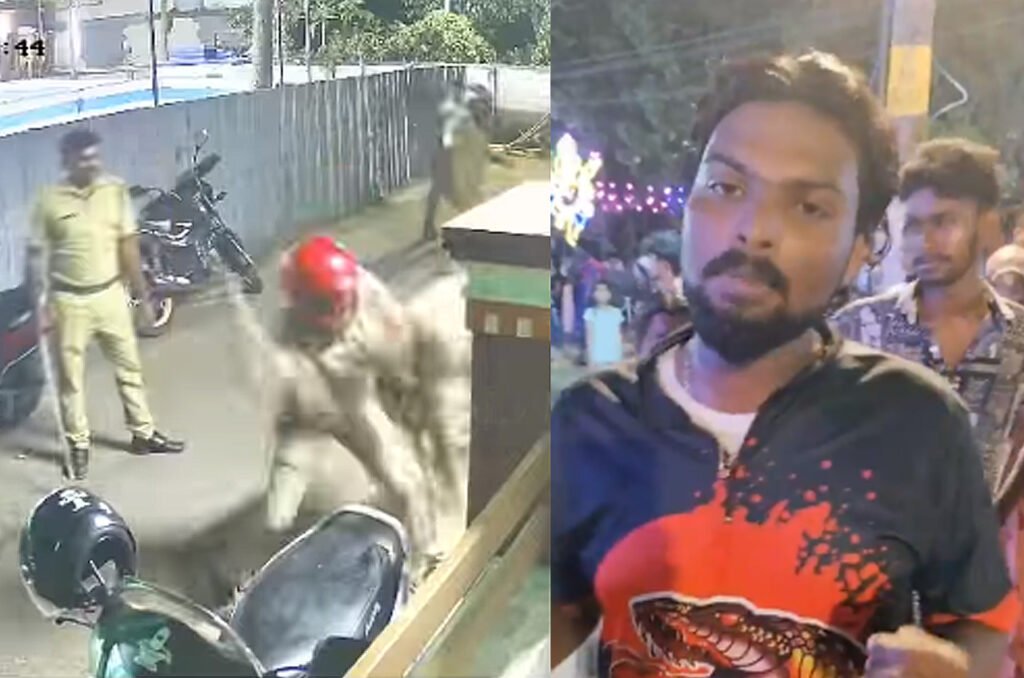Witnesses reported that the incident in Nadayil Kannampalli Temple occurred without any prior warning, causing panic among the performers and the audience. Kayamkulam police were allegedly responding to a minor disturbance, but their approach quickly escalated, leading to a chaotic situation. Among the injured was a 12-year-old girl who suffered facial injuries, a stark reminder of the excessive force used. The local community and festival attendees have expressed shock and dismay at the violence, particularly as the festival is a cultural highlight known for its peaceful and celebratory atmosphere. This incident has sparked a widespread call for accountability and measures to ensure that such an unwarranted use of force does not happen again.
Victim Count:
The severity of the injuries varied among the victims, with some requiring immediate medical attention. The police attack in Nadayil Kannampalli Temple not only left physical scars but also cast a shadow over what is traditionally a vibrant and joyous celebration. Local community members and the temple committee have emphasized the need for a thorough investigation into the police conduct. The aim is to hold responsible parties accountable and implement measures to prevent such excessive use of force in the future. This demand for justice resonates with the broader community’s desire to safeguard cultural festivities and ensure they remain spaces of joy, not fear.
Child Injured:
Among the injured was a 12-year-old girl, who suffered significant harm to her face, including badly injured lips, reportedly caused by a male police officer.
The alarming incident involving the young girl has added a particularly disturbing dimension to the situation, drawing widespread condemnation from the public and human rights organizations. This act of violence against a child during what should have been a community celebration has not only highlighted the egregious use of force by the police but also raised serious questions about the protection of the most vulnerable members of society during public events. The community’s trust in law enforcement has been severely damaged, necessitating immediate and transparent action to address the grievances of the affected families and restore faith in the system meant to protect them.
Public Outcry:
The demonstrations were not only a protest against the specific act of violence that occurred during Nadayil Kannampalli temple festival but also symbolized a broader rejection of police brutality and the infringement of cultural rights. Artists and community members united in a powerful display of solidarity, chantings songs of peace and holding banners demanding justice. The cultural significance of the festival, coupled with the participation of international travelers, has brought global attention to the incident, further amplifying the call for accountability. This movement goes beyond seeking reparation for the victims; it’s a clarion call for respecting cultural expression and ensuring the safety and dignity of all participants in public gatherings.
Cultural Significance:
The incident at Nadayil Kannampalli Temple serves as a poignant reminder of the delicate balance between tradition and modernity. These festivals are not only a spectacle of devotion and celebration for the local community but also act as a cultural gateway for international travelers keen on experiencing India’s vibrant traditions and rich heritage. The unfortunate event undermines the essence of these gatherings, which is to bring people together in harmony and shared joy. It also poses significant questions about the preservation of cultural practices and the role of authorities in safeguarding, rather than disrupting, these ancient celebrations. Moving forward, it is imperative for community leaders, law enforcement, and government bodies to work collaboratively to ensure that temple festivals and folk songs continue to thrive as safe, inclusive, and welcoming spaces for both locals and visitors from around the globe.
Call for Justice:
In response to these incidents, community leaders and activists are advocating for more than just punitive measures against the individual officers involved; they’re calling for systemic changes within the law enforcement agencies. This includes comprehensive training programs aimed at sensitizing police to cultural practices and emphasizing de-escalation techniques in managing crowds. Furthermore, there is a push for the establishment of independent oversight committees to ensure transparent investigations into any allegations of misconduct. These steps are seen as essential in rebuilding trust between the police force and the community, ensuring that festivals and public celebrations can once again be spaces of joy and cultural expression without fear of undue violence or suppression.
Media Attention:
The repercussions of the incident at Kayamkulam Nadayil Kannampalli Temple are felt not only by the local community but also by the tourism sector in Kerala. The advisories issued by travel agencies and the widespread media coverage highlighting the risks of attending cultural festivals have cast a shadow on Kerala’s image as a vibrant and safe tourist destination. This scenario underscores the urgent need for effective measures to address safety concerns and restore confidence among potential visitors. The tourism industry, an essential pillar of Kerala’s economy, now faces the challenge of reassuring travelers about the safety of cultural events and the region’s commitment to upholding the principles of hospitality and security.


